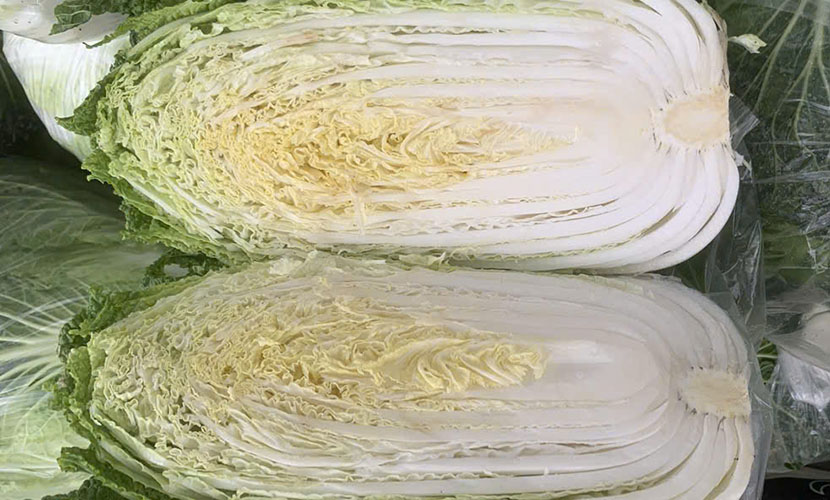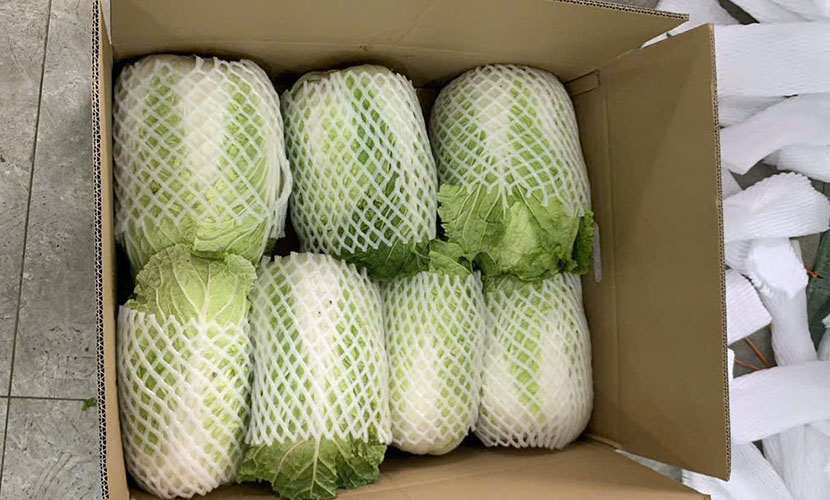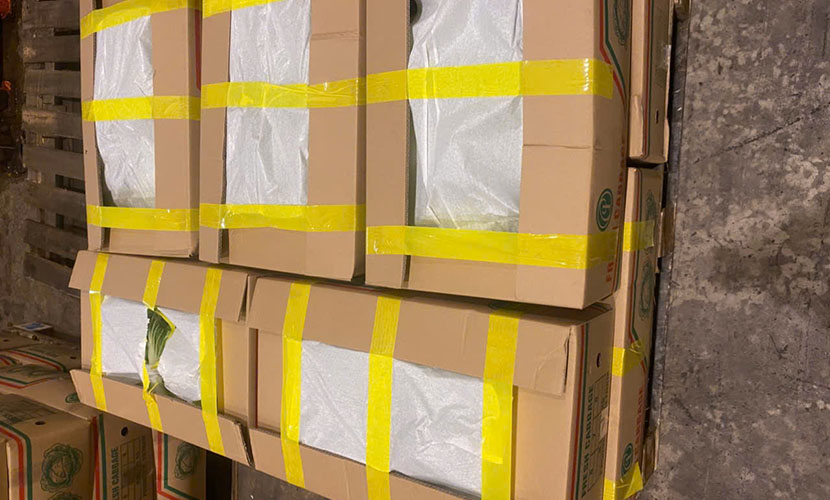
Vietnamese napa cabbage has other names as long cabbage or chinese cabbage. This is the vital raw material making the famous food in South Korea named “Kim chi”.
Quang Son is a mountaineous commune in Lam Dong province. This region has climate and soil conditions, which are suitable for the development of vegetable cultivation. However, choosing the right crops and finding stable market outlets has always been a challenge for local farmers.

Vietnamese napa cabbage
Thinh Phat Cooperative is a pioneering unit in growing and exporting Vietnamese napa cabbage here. When establishing, Ms. Toan, the cooperative’s director, made a bold move. Specifically, she switched to growing Vietnamese long cabbage, a high-demand vegetable that requires advanced techniques and meticulous care.
With support from the government, the cooperative has connected with CJ Foods Vietnam. Unexpectedly, it has been opening up an opportunity to export napa cabbage to South Korea.
In June 2022, the cooperative launched an 18-hectare Vietgap-certified napa cabbage cultivation model. Although the plants grew well, the first crop ended in heavy losses due to improper harvest timing. Ms. Toan recalled: “I advised harvesting at 45 days, but many insisted on waiting until 65 days. As a result, the cabbage started yellowing and rotting from the core, leading to almost a total loss.”
However, this failure did not discourage her. Instead, it became a valuable lesson. Next crops, the cooperative adopted stricter technical protocols. Also, it adjusted the harvest schedule to better align with local soil and weather conditions.

Napa cabbage boxes
The success of the farming process paved the way for Vietnamese napa cabbage to be exported to South Korea, marking a significant turning point. In the first successful harvest, CJ Foods purchased 250 tons of napa cabbage, processed into kimchi, and exported. With a stable price of 7,000 VND per kilogram, the cooperative earned over 1.6 billion VND in revenue.
Mr. Chien, a cooperative member, shared: “At first, I only dared to grow a few plots. After seeing the results, I expanded to 1 hectare. I invested about 140 million VND a year but earned up to 280 million VND,” he said excitedly.
Thinh Phat Cooperative’s success stems not only from its production-consumption linkage but also from its smart crop rotation strategy. After two cabbage seasons, the cooperative rotates with radish and carrots to improve the soil and prevent diseases. The cultivation areas are also divided into smaller plots. This avoids large-scale simultaneous planting to prevent harvest delays and crop spoilage.
From the initial 18-hectare model, Thinh Phat Cooperative has now expanded its network to over 200 farming households. It covers around 150 hectares of vegetables, tubers, and fruits, including more than 70 hectares of napa cabbage.

Vietnamese napa cabbage for export
Every month, the cooperative supplies about 100 tons of Vietgap-certified napa cabbage. This output uses not only for kimchi processing and export but also to major wholesale markets in Ho Chi Minh City and Buon Ma Thuot.
The journey from vegetable gardens to international markets by Thinh Phat Cooperative is proof that agricultural products from remote areas can reach far, given the right strategy and effective market connection.
Productivity has significantly increased, averaging 30 tons per hectare per crop, with well-maintained fields yielding up to 60 tons. After deducting costs, farmers can earn about 200 million VND per hectare per year. This is a dream income for many households in remote and rural areas.
Vietnamese source: https://baolamdong.vn/cai-thao-xa-vung-sau-xuat-canh-qua-han-quoc-387090.html
